- PRECIOUS GEMSTONE
-
GEMSTONES
- SEMI-PRECIOUS GEMSTONES
- BIRTH STONES
- RUDRAKSHA

Why Is Tanzanite Considered a Symbol of Rarity, Transformation, and Beauty?
Tanzanite is one of the most captivating gemstones to emerge in recent history. Discovered in the 1960s, this brilliant blue-violet stone quickly captured the hearts of jewelers, gem collectors, and gemstone enthusiasts. Its unique beauty and rarity make tanzanite a gemstone like no other.
The Origin of Tanzanite
Tanzanite is found exclusively in a small area of the Mererani Hills near Mount Kilimanjaro in Tanzania. This one-of-a-kind gemstone was named after its country of origin by Tiffany & Co., which helped popularize it in the global market. Unlike many gemstones that are mined in various parts of the world, tanzanite’s incredibly limited geographic range adds to its allure and scarcity.
The Color and Appeal of Tanzanite
Tanzanite’s most striking feature is its vibrant blue-violet hue, often compared to sapphires. This color comes from traces of vanadium within the stone, which give it a pleochroic nature. Pleochroism means that tanzanite can appear to shift in color depending on the angle it’s viewed or the light it’s exposed to. Most tanzanite on the market undergoes heat treatment to enhance its rich blue tones, bringing out the vivid color that it’s known for.
From deep royal blues to lush violet hues, tanzanite's color spectrum is wide-ranging, making each piece unique. Its unusual ability to display multiple colors—blue, violet, and sometimes flashes of burgundy—makes it highly desirable in the world of fine jewelry.
The Rarity of Tanzanite
One of the reasons tanzanite is so coveted is its rarity. Experts estimate that the supply of this gemstone may be depleted within the next 20-30 years, as it can only be found in a small 4-square-mile area. This rarity has earned tanzanite a reputation as a gemstone "1,000 times rarer than diamonds."
Because of its scarcity and limited supply, tanzanite has become an excellent investment option for gemstone enthusiasts and collectors. Its value is expected to rise as the supply diminishes, making it not only a stunning gemstone for jewelry but also a long-term investment.
The Spiritual and Metaphysical Significance
In addition to its beauty, tanzanite is also believed to have spiritual and metaphysical properties. Many consider it a stone of transformation, helping to boost self-awareness, reduce stress, and facilitate a connection between the mind and higher realms. Tanzanite is said to aid in personal growth, spiritual healing, and communication, making it a favorite among crystal enthusiasts and those seeking inner clarity.
Tanzanite in Jewelry
Tanzanite is often set in a variety of fine jewelry, from rings to pendants to earrings. It pairs beautifully with diamonds, which complement its striking blue-violet hues. However, due to its relative softness (rating 6.5-7 on the Mohs hardness scale), tanzanite jewelry requires care and attention. It’s not as hard as sapphires or diamonds, so it’s best suited for occasional wear or pieces like earrings and necklaces that are less prone to damage.
Tanzanite as a Birthstone
In 2002, tanzanite was officially recognized as the birthstone for December, alongside turquoise and zircon. This was an unusual move, as new gemstones are rarely added to the traditional birthstone list. Tanzanite’s addition solidified its status as a gemstone of the modern era, offering December-born individuals a unique and vibrant alternative.
Conclusion
Tanzanite is a gemstone that stands out for its rarity, mesmerizing color, and modern discovery. Whether you’re drawn to its vivid beauty, fascinated by its geological uniqueness, or intrigued by its metaphysical properties, tanzanite remains one of the most alluring gemstones available today. As its supply diminishes, the allure of owning such a rare and vibrant piece of nature will only continue to grow.
My Account
Contact Info
- Address: 28, 7th Street, Tatabad, Coimbatore, Tamil Nadu - 641012, India.
- Phone: +91 7264 999 000
- Email: eloragems@gmail.com
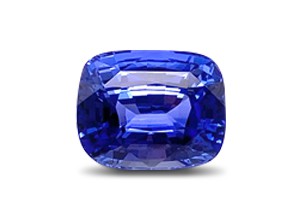 Blue Sapphire (Neelam)
Blue Sapphire (Neelam) 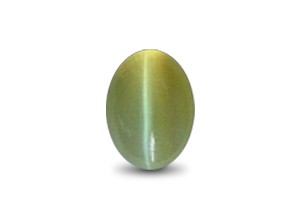 Cats Eye (Vaiduryam)
Cats Eye (Vaiduryam) 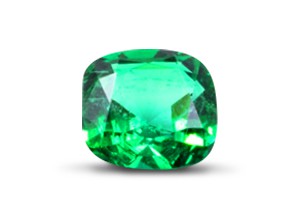 Emerald (Maragadham)
Emerald (Maragadham) 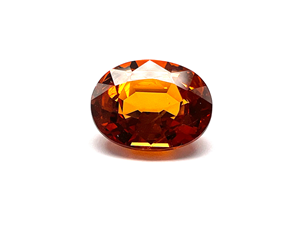 Hessonite (Gomed)
Hessonite (Gomed)  Pearl (Muthu)
Pearl (Muthu)  Red Coral (Pavalam)
Red Coral (Pavalam) 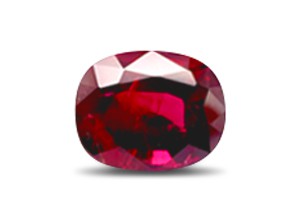 Ruby (Manik)
Ruby (Manik)  Yellow Sapphire (Pushparag)
Yellow Sapphire (Pushparag)  Alexandrite
Alexandrite 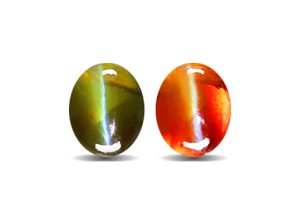 Alexandrite Cats Eye
Alexandrite Cats Eye 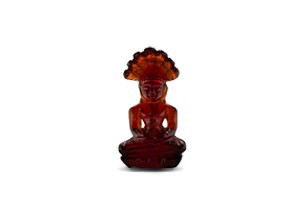 Carving Gem Stones
Carving Gem Stones 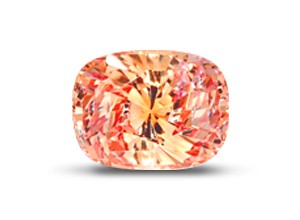 Padparadscha Sapphire
Padparadscha Sapphire 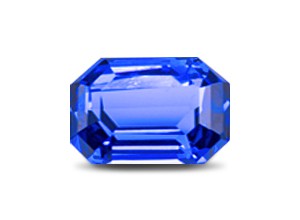 Tanzanite
Tanzanite 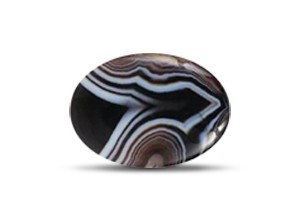 Agate
Agate  Amber
Amber  Amethyst
Amethyst 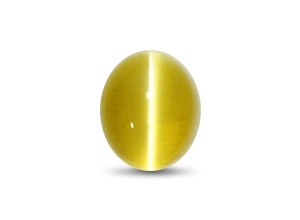 Apatite Cat's Eye
Apatite Cat's Eye 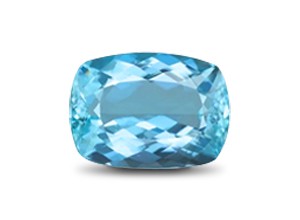 Aquamarine
Aquamarine 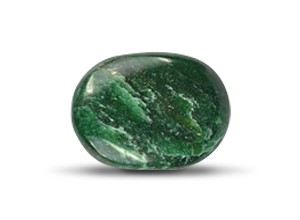 Aventurine
Aventurine 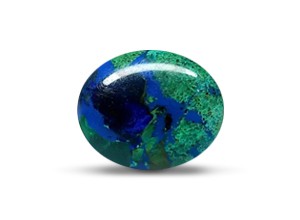 Azurite
Azurite 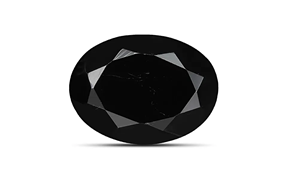 Black Tourmaline
Black Tourmaline 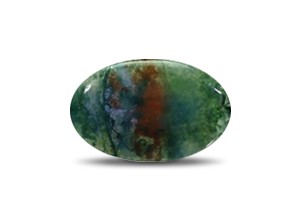 Bloodstone
Bloodstone  Blue Topaz
Blue Topaz 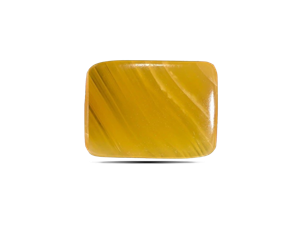 Calcite
Calcite  Carnelian
Carnelian 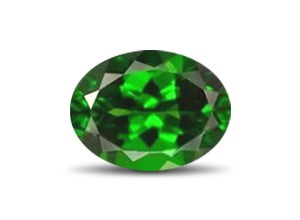 Green Sapphire
Green Sapphire 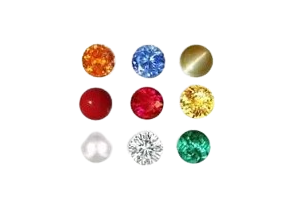 Navratna
Navratna 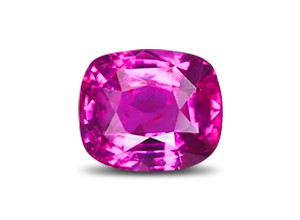 Pink Sapphire
Pink Sapphire 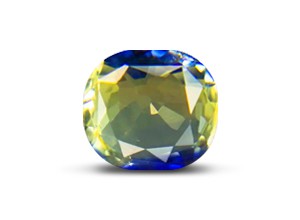 Pitambari Neelam
Pitambari Neelam 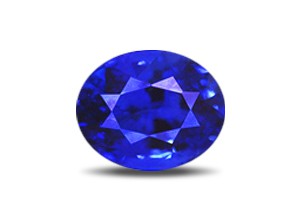 Sapphire
Sapphire 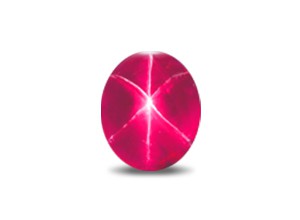 Star Ruby
Star Ruby  Star Sapphire
Star Sapphire  White Coral
White Coral 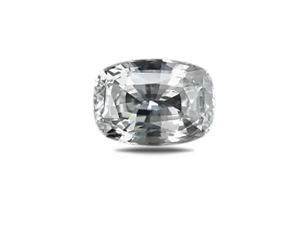 White Sapphire
White Sapphire  January Birthstone
January Birthstone 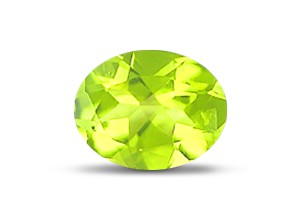 August Birthstone
August Birthstone 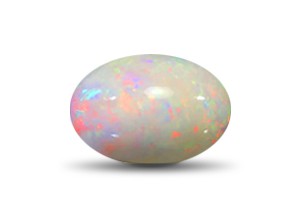 October Birthstone
October Birthstone 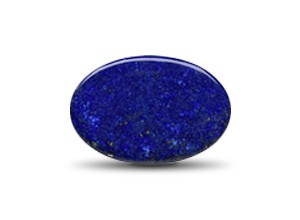 December Birthstone
December Birthstone  1 Mukhi Rudraksha
1 Mukhi Rudraksha  2 Mukhi Rudraksha
2 Mukhi Rudraksha  3 Mukhi Rudraksha
3 Mukhi Rudraksha  4 Mukhi Rudraksha
4 Mukhi Rudraksha  5 Mukhi Rudraksha
5 Mukhi Rudraksha  6 Mukhi Rudraksha
6 Mukhi Rudraksha  7 Mukhi Rudraksha
7 Mukhi Rudraksha  8 Mukhi Rudraksha
8 Mukhi Rudraksha  9 Mukhi Rudraksha
9 Mukhi Rudraksha  10 Mukhi Rudraksha
10 Mukhi Rudraksha  11 Mukhi Rudraksha
11 Mukhi Rudraksha  12 Mukhi Rudraksha
12 Mukhi Rudraksha 
